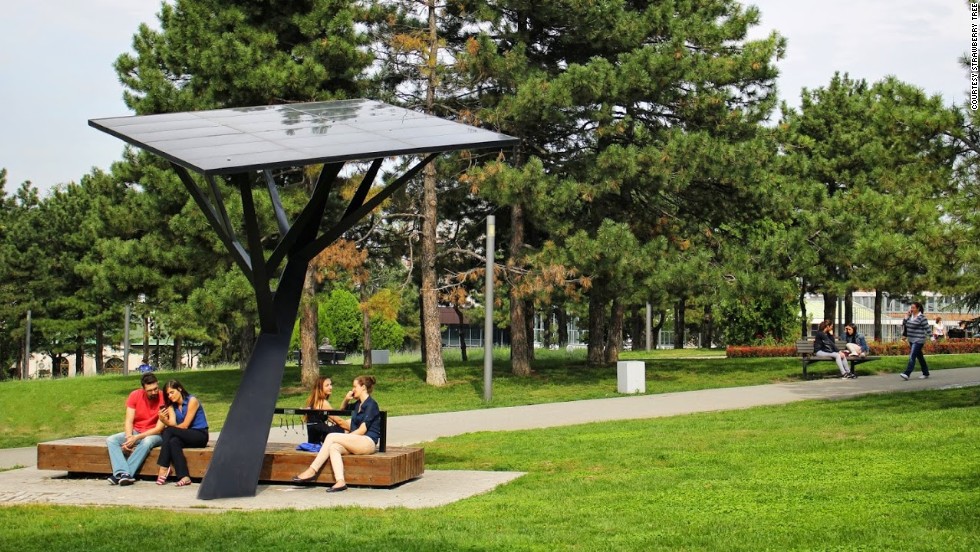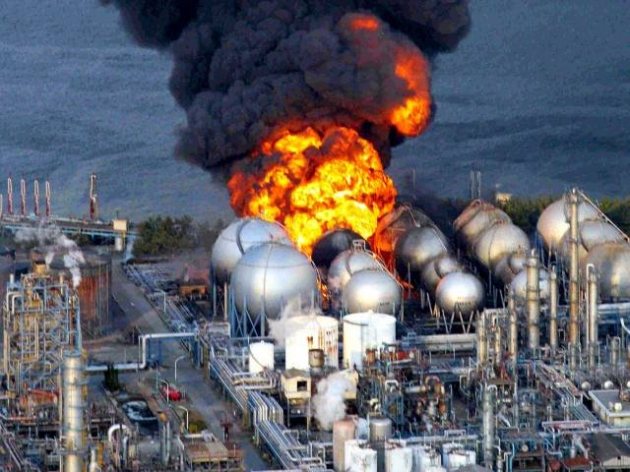The Theory:
Jennifer and I have always heard that some lightbulbs are more efficient than others. When we were younger, CFL bulbs were very popular, especially in my house with my eco-conscious family. They were significantly more energy efficient, so naturally my family stocked up on them. Nowadays, we also have LED bulbs, which we’ve been told use even less energy. We wanted to prove that these bulbs are better than regular incandescent bulbs, and we also wanted to see which bulb was the number one most energy efficient. This course has helped us to think about how our every day actions can have serious impact on energy consumption as a whole, and especially since Jennifer is an interior design major, it’s important for us to be aware of our options as conscious consumers. We wanted to embark on a final project that would hammer this point home, both for us and our classmates.
The Setup:
We decided to create an experiment that would allow the students to test exactly how much power was used by each of the three types of lightbulb: Incandescent, CFL, and LED. To do this, we knew we would need some sort of lamp, and so, feeling ambitious, Jennifer and I decided to wire one up from scratch! Hands down this was the coolest and most fun part of the whole project. We used YouTube videos and the assistance of some friendly Home Depot workers to figure out how we would connect our circuit, and left with all of our materials and this helpful diagram that a man from Home Depot drew for us:

We bought wire, a plug, a switch and casing for the switch, lamp housing, bulbs, and pliers. The initial assembly seemed easy enough, we were just following instructions and making sure we twisted the wires around the screws in the right direction so that when the screws were tightened the wires wouldn’t become loose. We were very careful about our safety; we marked the wires as the Home Depot worker suggested, and we were careful to cover anything that could possibly be harmful with electrical tape. Despite following directions, the circuit didn’t work! Naturally, when we brought it back to Home Depot, it worked perfectly. We were very excited with what we had built!

We later ran into some trouble with exactly what the experiment would be. First, we had the idea to use solar cells to measure light output, the way we had in our light intensity experiment. We thought it would make sense to have students use technology and programs they were already familiar with. The problem became figuring out how exactly we could have students measure the power that went into the circuit, something that was almost impossible to do safely, we discovered, thanks to a faculty member who stopped us before anyone got seriously injured. We had planned to use a multimeter to determine amperage as well as resistance, but to determine amperage we would have needed to connect the multimeter to exposed wires, which is especially unsafe when connected to a wall plug with an output of 120 Amps. This threw a wrench in our operation, so to speak, and after quite a bit of struggle, we ended up using information we found online to plug into a formula: P=(V^2)/R

Because all of the bulbs were advertised as 40 Watt or 40 Watt equivalent, we did not expect the solar cells to be all that useful. In theory, they should all produce the same brightness; the real difference between them was the amount of energy they used. Within this equation, that meant the power out should have been about the same, but the power in was really the thing we were looking to measure. However, we were unable to measure voltage safely, and even with faculty assistance we were unable to measure the resistance of both the CFL and LED bulbs. We used the chart below to work within the formula to figure out the resistance of each bulb, so that we could give the resistance to the other students, allowing them to use that number to determine wattage.

We determined, using the lowest possible wattage in an attempt to remain optimistic, that the three bulbs had resistances of .0028, .0042, and .0029 ohms, respective to the chart above. We did this by using the same formula from above, plugging in the lowest wattages from that chart and measuring voltage with a solar cell for each bulb. We then provided these numbers on our handout so the students would focus more on finding wattage, which was originally the point of the experiment.
The Results:
Students seemed to have fun with our experiment! The first student who performed it got amazing results, with his calculated wattages of around 39.6, 8.7, and 6.1 respectively! The experiment was straightforward and not too complicated to figure out, since we had used the materials before and our handout instructions were clear. The most feedback we received was that the experiment was cool, that it made the point about small lifestyle changes we could make, and everyone really seemed impressed that we managed to wire a circuit from scratch all by ourselves! Naturally the data the students gathered was not exact; there are many reasons for imperfect results. One large reason is that the numbers the students were provided for resistance were both rounded and calculated from our recording; even if we had recorded our voltages exactly right, we rounded our resistances to the fourth decimal place. Of course, we surely did not record our voltages right. A solar cell is unquestionably not the proper way to test for lumens. Materials exist solely for that purpose, and are made to be exact, unlike the solar cells provided by Suffolk University. There was also lots of room for human error within this experiment. Perhaps a student held the solar cell closer to one bulb than they did to another, perhaps their hands shook, or they hit ‘run’ on the program a second or two early. While this experiment was definitely not worthy of being published, there are luckily many studies out there on this topic that have been peer reviewed and are much more trustworthy than ours! However, we feel successful in what we set out to do: we proved to students that different types of bulbs require different amounts of energy, we proved to students that LED lights are the most energy efficient, we helped them to prove those things for themselves, and to top it off, we are now both confident in our abilities to wire a circuit with a lightbulb! Despite all the bumps along the way, we would definitely have to call this experiment and the experience in general a success.
If you are interested in other studies conducted about this topic, here are three different consumer-directed articles that might be of interest! They seem to be directed toward the question of cost-efficiency, so if your main focus is in being eco-friendly, these might not necessarily be the sources for you.
1. http://www.consumerreports.org/cro/magazine/2013/10/best-energy-saving-lightbulbs/index.htm
2. http://energy.gov/energysaver/lighting-choices-save-you-money
3. http://www.goodhousekeeping.com/home-products/light-bulb-reviews/g358/best-energy-efficient-light-bulbs/?slide=6








